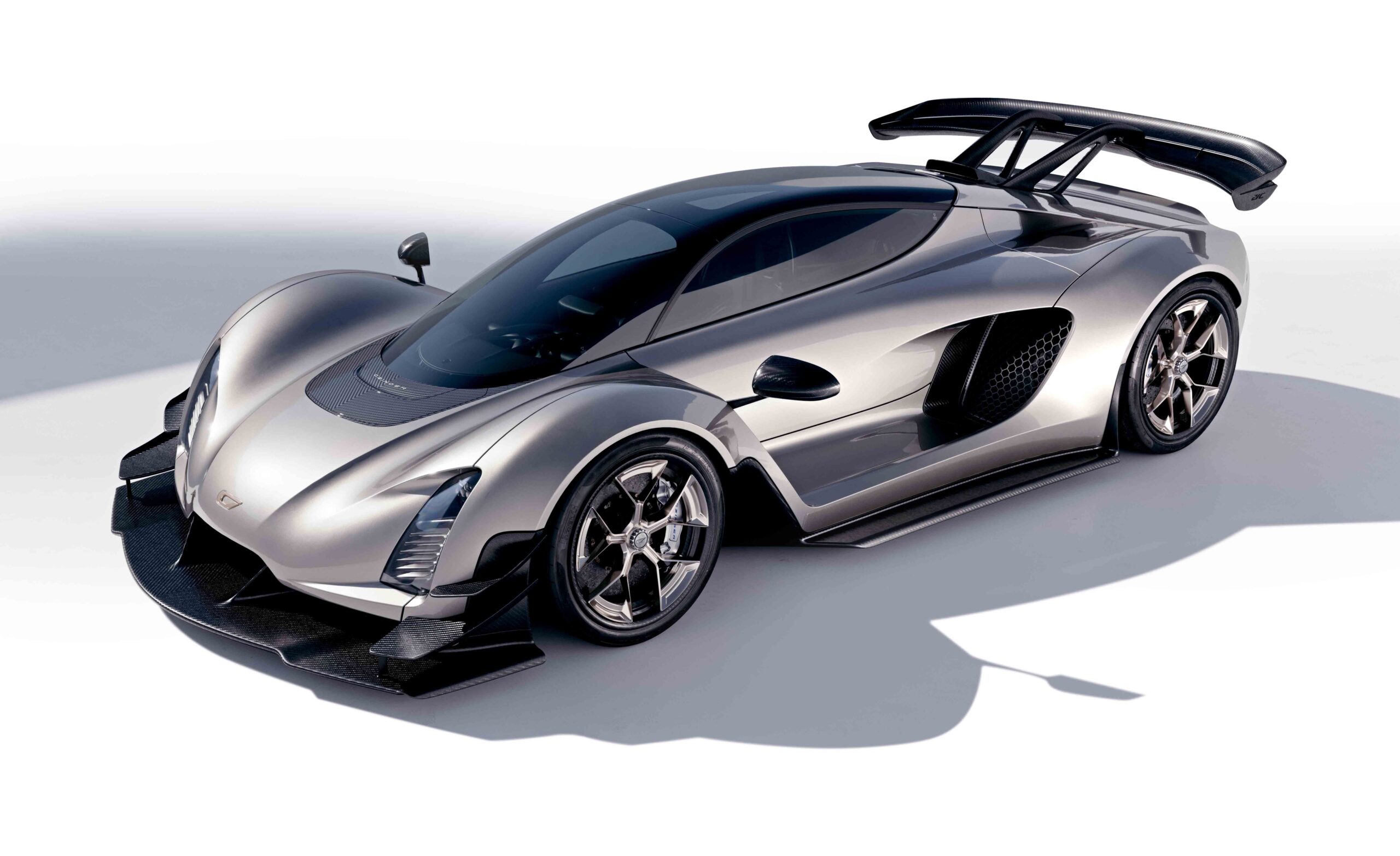- Judith Akatugba
- 0 Comments
- 630 Views
Additive manufacturing is a huge game-changer for the automobile sector. It’s clear that 3D printing technology is still mostly employed as a tool for prototyping. However, it’s now beginning to be utilized in the auto industry as well. Yes, that’s correct—we can now use 3D printing to create cars. This is the outcome of a global trend in the additive manufacturing industry, where this technology is now acknowledged as a primary manufacturing tool rather than only a means of producing a functional prototype or proof of concept. Automakers and consumers alike begin to envision entirely 3D printed automobiles. The constant advancement of 3D printing materials and technologies makes this feasible. This causes a significant surge in interest in developments related to the automobile sector. Why does the automotive industry find 3D printing so intriguing? What is feasible for today? What possible developments are there for cars that are 3D printed? Prepare yourself for the journey ahead!
Read Also: 8 Inspirational Luxury Living Room Interior Designs
Why is the technology of 3D printing so beneficial to the car industry?
Automakers can benefit greatly from this technology. These are the principal causes.
Iterating faster when prototyping
To begin with, 3D printing is a widely utilized rapid prototyping tool. Prototyping quickly is essential for any business looking to speed up its product development process. This may be accomplished very effectively with 3D printers, which can produce parts quickly and affordably when compared to traditional prototyping methods.
Reducing the car’s weight
Automakers are constantly searching for innovative methods to lighten the weight of their products. It’s true that a lighter car uses less fuel, which benefits the environment. You can achieve this by optimizing the design of your pieces. Volkswagen, for example, rebuilt an A-pillar window support in an optimal manner. It is 74% lighter than the original component. Thanks to creative design patterns like lattices, you may either make structures that are lighter or minimize the amount of parts in an automobile by designing the components more appropriately.
Minimizing material loss
Layer by layer, you construct your part using 3D printing. You so just use the quantity of material required to construct each component of your car. You would have lost material in subtractive production, which is less financially viable. This becomes even more cost-effective when dealing with metal products. With them, production processes can genuinely be revolutionized by eliminating additional expenses for material waste.
Creating customized 3D printed cars
To obtain a distinctive automobile, many car enthusiasts truly like personalizing their vehicles. It could include some external design elements as well as choices for the car’s interior parts. The expense to the automakers is incurred because this is a customized order. Making a single model version with 3D printing is not a huge deal.
Replacing spare parts easily
Replacing broken automotive parts can be very difficult, particularly if the vehicle is old and the parts may not be available. So what should I do? Additive manufacturing and 3D scanning can be used to optimize and even replicate uncommon auto spare components before 3D printing them.











